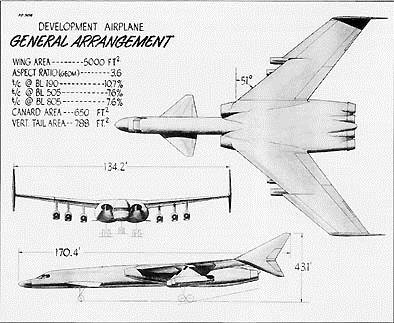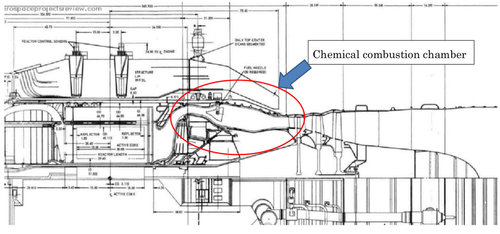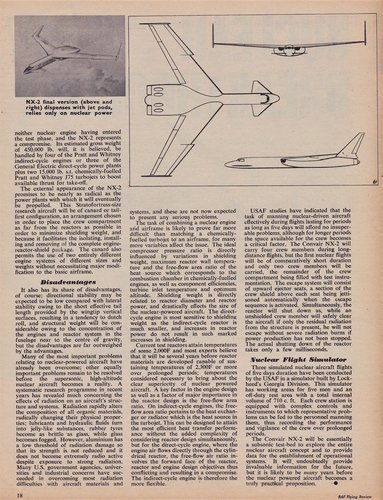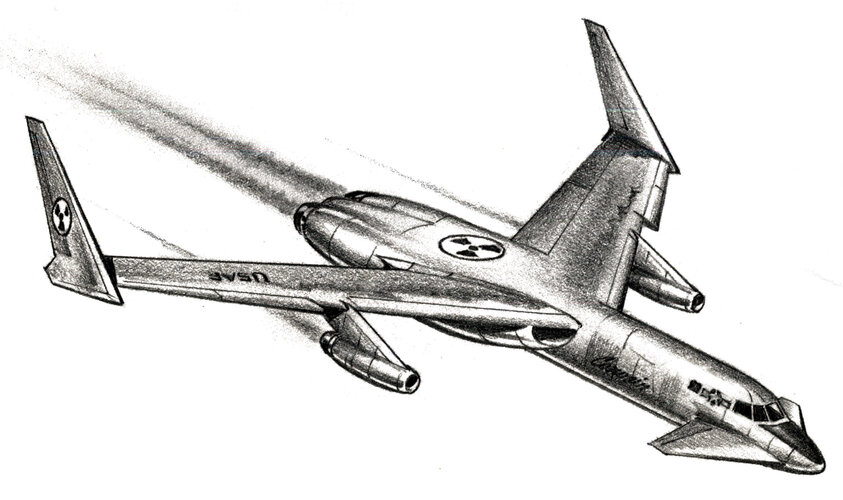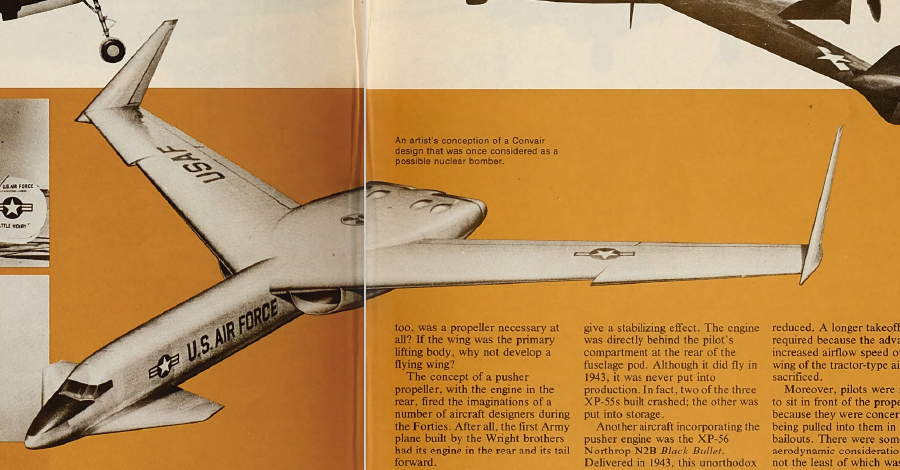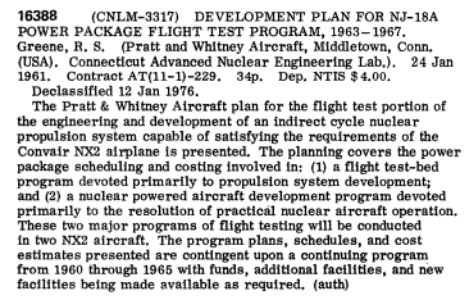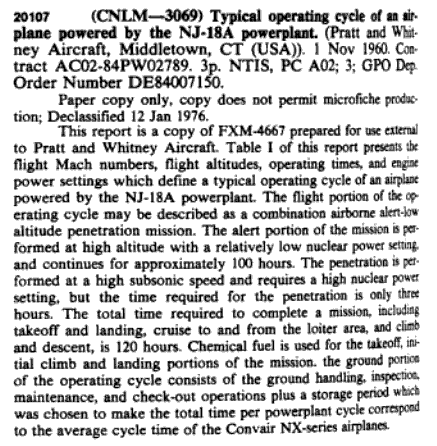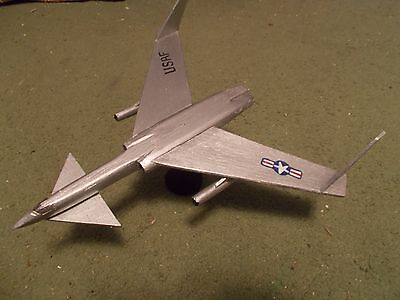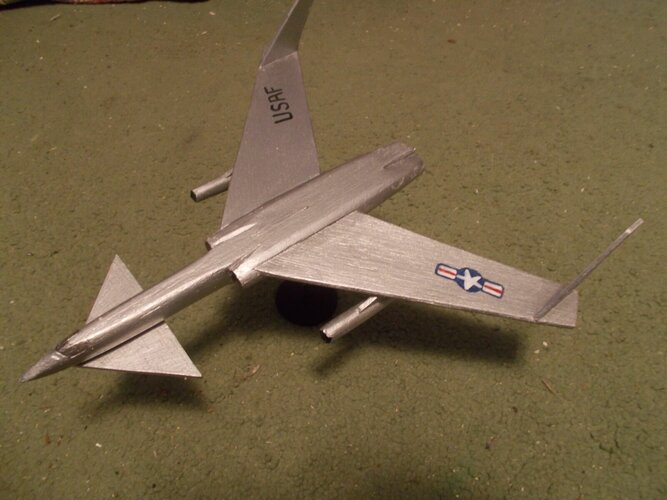- Joined
- 5 May 2007
- Messages
- 1,484
- Reaction score
- 2,879
'Tactical' comes up quite a lot in US aircraft documents of the era. It's used to differentiate the 'tactical airplane' which is designed for combat missions from a prototype or research aircraft - the fact that a particular aircraft might be used for a strategic mission doesn't affect that.Hi! Convair model 54. The title of this drawing is tactical airplane!? Perhaps the engine was not a final design.
Although having said that, I think it's clear that none of the engines was truly a final design!
With loosely defined parameters, it's equally possible they're different stages in the same design cycle.Hi! I feel that Convair model 54 is not NX-2.

